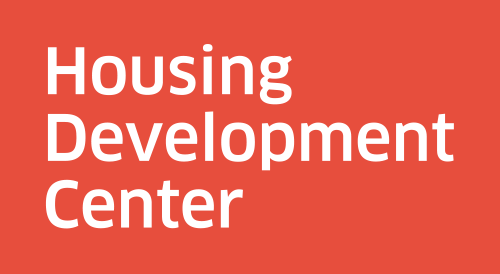Today’s higher-risk development environment demands proactive asset management planning. Here’s your guide.
If you’re involved in leading an affordable housing operation, you’ve seen the affordable housing development environment shift measurably in recent years. Rising costs and stiffer funding competition make it harder to get projects financed and built. Developers must build more complexity and risk into project financing—through tighter development budgets, increasingly multi-layered finance structures, and leaner operating assumptions.
Properties feel the impacts of these constraints long after they are developed. Projects built today shoulder heavier compliance burdens, on average, compared to their predecessors. Often, they face steeper pathways to financial sustainability. For owners, these shifts have turned asset management into a bigger, more complicated, and—from a risk management perspective—more important job. Proactive asset management planning, always an important “should do” for affordable housing owners, is increasingly a “must do.”
What is an asset management plan? It is a structure and a road map for achieving long-term goals related to maintaining a housing portfolio’s physical and financial health. Asset management planning is the process whereby owners take a hard look at, and begin to address, financial and compliance complexities and trouble spots on a property-by-property basis. And because property failures occur over long time periods, asset management planning is also how organizations overcome their present bias and take early action to identify and correct underlying property problems—before it’s too late to fix them.
But an asset management plan does more than help you forecast and mitigate risk. It also facilitates effective day-to-day management. Regardless of your portfolio’s risk profile, an asset management plan is useful because it…
Establishes long-term goals and objectives, on a portfolio-wide and property-specific basis, to which frontline staff and executive leadership may hold each other mutually accountable.
Describes who is responsible for fulfilling specific portfolio oversight and asset management responsibilities, at what milestones and intervals.
Identifies tools, such as compliance charts and portfolio dashboards, that enable strategy implementation.
When complete, an asset management plan serves as a how-to manual for portfolio financial oversight. And it’s an indispensable tool for orienting new asset management staff to their responsibilities, in a field of work that sees high turnover.
In short, an asset management plan helps you and your team shift from asking, “I wonder…?” and “How can we…?” to saying, “I know…” and “Here’s how…”
Want to get started? Look out for my next post, which addresses the three key pieces an asset management plan can’t do without.
Kimberly Taylor is HDC’s Director of Asset Management. You can find her full bio and contact information here.

